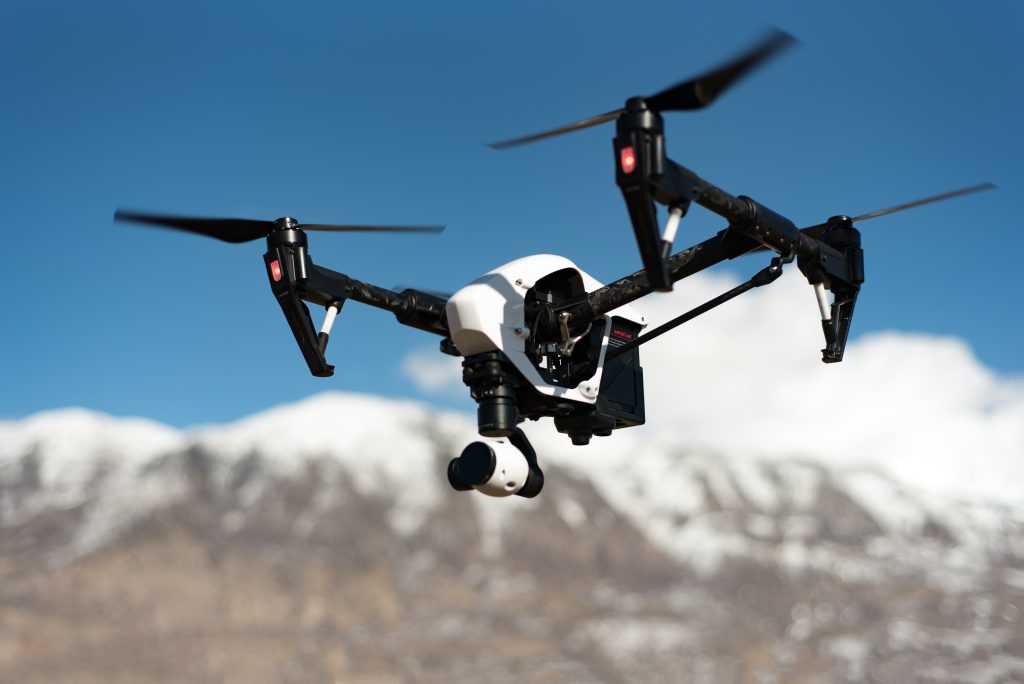The Amazon rainforest, often called the “lungs of the Earth,” is a critical component of the global ecosystem. Home to diverse flora and fauna, it plays a vital role in regulating the planet’s climate. However, the Amazon faces significant deforestation, illegal mining, and habitat destruction threats. In recent years, drones have emerged as powerful tools in the fight to conserve this precious region, offering new ways to monitor, protect, and understand the rainforest.
The Role of Drones in Conservation
Drones, or uncrewed aerial vehicles (UAVs), provide a unique vantage point for conservationists. They can cover vast areas quickly and collect high-resolution images and data that would be difficult, dangerous, or impossible to gather on foot. These capabilities are precious in remote and densely forested areas like the Amazon.
- Monitoring Deforestation: One of the most significant applications of drones in the Amazon is monitoring deforestation. Drones with cameras and sensors can detect illegal logging activities in real-time. This allows authorities to respond swiftly to violations and helps enforce conservation laws. By providing detailed and up-to-date information, drones enhance the effectiveness of anti-deforestation efforts.
- Biodiversity Studies: Drones are also used to study the region’s biodiversity. They can capture images and videos of wildlife, track animal movements, and monitor changes in habitat. This information is crucial for understanding ecosystems’ health and human activities’ impact. For example, researchers can use drone footage to observe birds’ nesting patterns or large mammals’ migration routes without disturbing them.
- Fire Detection and Management: Forest fires are a growing threat to the Amazon, exacerbated by climate change and human activity. Drones equipped with thermal imaging cameras can detect heat signatures from fires early on, allowing for quicker response and management. They can also survey the extent of damage after a fire, providing data for recovery and reforestation efforts.
Technological Advancements
Advancements in drone technology have significantly improved their utility in conservation. Modern drones have high-resolution cameras, LiDAR (Light Detection and Ranging) sensors, and multispectral imaging capabilities. These tools provide detailed topographical maps, measure vegetation health, and identify tree species and other plant life.
LiDAR, for instance, can penetrate the forest canopy and provide 3D images of the forest floor and structure. This technology is invaluable for mapping areas of the Amazon that are difficult to access and for studying the forest’s complex ecosystem. Multispectral imaging helps in assessing the health of vegetation by analyzing different wavelengths of light, revealing details that are not visible to the naked eye.
Challenges and Ethical Considerations
Despite their benefits, using drones in the Amazon is challenging. The dense canopy can obstruct signals, making it difficult to navigate and maintain control of the drones. Additionally, operating drones in remote areas requires reliable power sources and skilled operators.
There are also ethical considerations to address. The presence of drones can be intrusive to wildlife and indigenous communities living in the Amazon. It is essential to use this technology responsibly and ensure that conservation efforts do not harm the very ecosystems and communities they aim to protect.
Success Stories
Several successful initiatives highlight drones’ impact on Amazon conservation. For example, the World Wildlife Fund (WWF) has used drones to map deforestation and monitor wildlife in the Brazilian Amazon. Their efforts have provided critical data that supports conservation strategies and policy-making.
In Peru, drones have been deployed to combat illegal gold mining, which devastates large areas of the rainforest. By providing real-time data on mining activities, drones have helped authorities target and shut down illegal operations more effectively.
The Future of Drones in Conservation
The future of drones in Amazon conservation looks promising, with ongoing technological advancements and increasing collaboration between governments, NGOs, and local communities. As drones become more accessible and affordable, their use will likely expand, providing even more data and insights to aid in preserving the Amazon rainforest.
Researchers are also exploring the potential of combining drone data with artificial intelligence (AI) to analyze large datasets quickly and accurately. AI can help identify patterns and trends that human analysts might need to notice, enhancing the effectiveness of conservation strategies.
Conclusion
Drones are revolutionizing the way we approach conservation in the Amazon. Their ability to monitor deforestation, study biodiversity, detect fires, and combat illegal activities makes them invaluable tools in the fight to protect one of the world’s most critical ecosystems. As technology advances, drones will play an increasingly important role in ensuring the survival of the Amazon rainforest for future generations.

